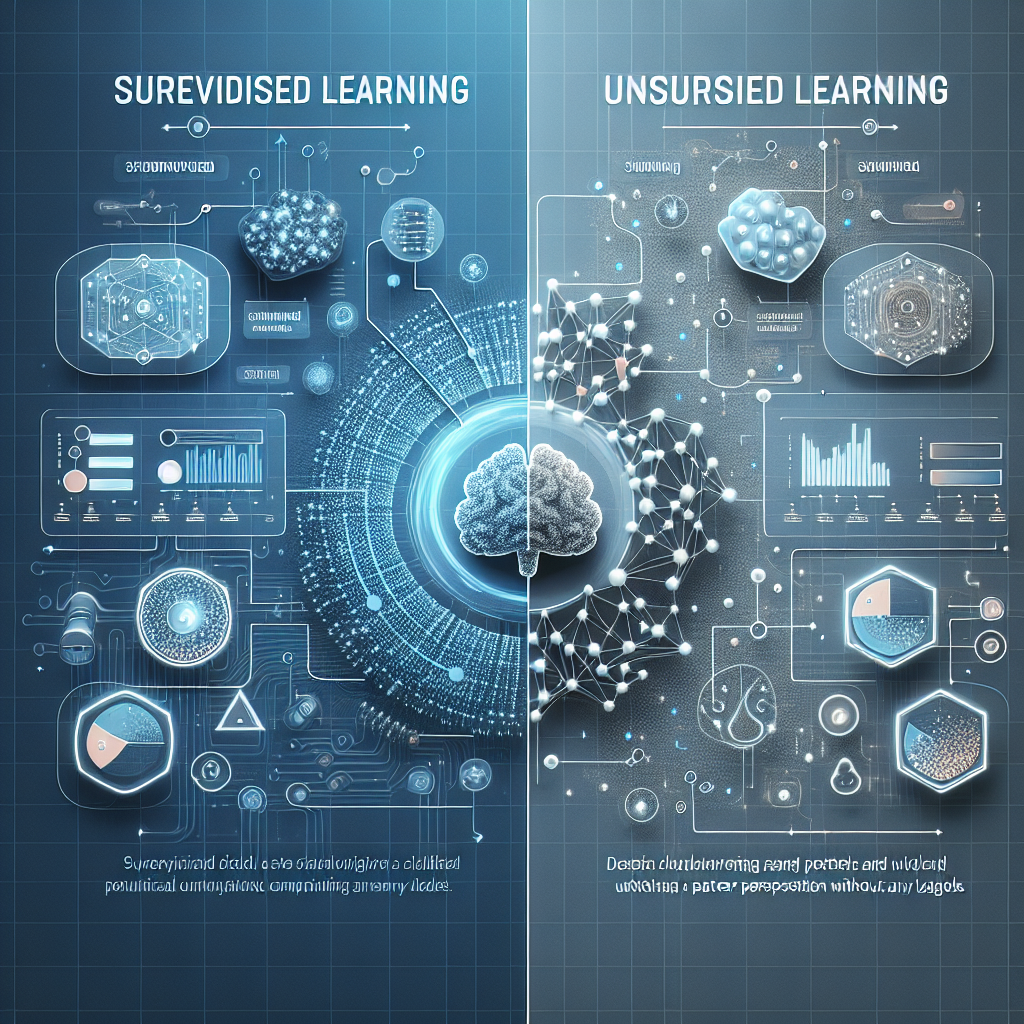Introduction
Artificial Intelligence (AI) has transformed the way we interact with technology. At the heart of AI lies the training processes that make machines intelligent. Understanding these processes is crucial for anyone looking to delve into AI, whether you’re a tech-savvy developer or a curious beginner.
Understanding AI Training Processes
AI training involves using algorithms to enable machines to learn from data and improve over time without being explicitly programmed. The major types of AI training are supervised learning and unsupervised learning.
Supervised Learning
In supervised learning, algorithms are trained using labeled data. This means each input data example is paired with the correct output. Over time, the algorithm learns to predict the output from the input data accurately.
- Example: Image recognition, where the algorithm learns to identify objects in images using labeled examples such as “cats,” “dogs,” etc.
Unsupervised Learning
In contrast, unsupervised learning deals with unlabeled data. The algorithm attempts to understand the underlying structure of the data without pre-existing labels.
- Example: Customer segmentation in marketing, where customers are grouped based on buying behavior without pre-defined categories.
Types of Algorithms
The choice of algorithm is critical in AI training. Some popular algorithms include:
- Linear Regression: Used for predictive analysis.
- Decision Trees: A model that predicts the value of a target variable based on several input variables.
- Neural Networks: Model complex patterns and predictions.
- K-means Clustering: Simple and efficient for unsupervised learning tasks.
Importance of Data Quality
Data quality is paramount in AI training. Poorly labeled or noisy data can lead to inaccurate models. Hence, ensuring high-quality, diverse, and representative data is essential.
Expert Tip: Always prioritize data preprocessing steps like cleaning, normalizing, and validating data before feeding it into your model.
Real-World Applications
AI training has enabled various real-world applications:
- Healthcare: AI models help in diagnostic imaging and personalized medicine.
- Finance: Used for fraud detection and automated trading systems.
- Transportation: Powers autonomous vehicles and traffic management systems.
Current Trends in AI Training
AI training is evolving rapidly with several emerging trends:
- Federated Learning: Allows model training on decentralized data while enhancing privacy.
- Reinforcement Learning: Models learn optimal behaviors through interaction with the environment.
- Transfer Learning: Models trained on one task are reused for other related tasks, reducing the need for extensive data.
Conclusion
The future of AI training processes looks promising with advancements in algorithms and data management. Understanding these processes empowers you to create innovative solutions in AI.
Embracing these AI trends and methodologies can propel innovation across industries, making AI an invaluable asset in technology development.

